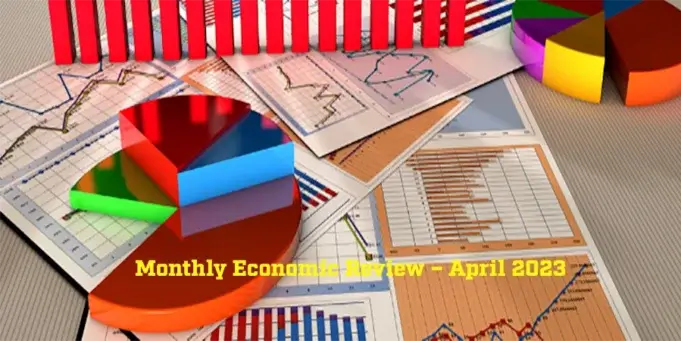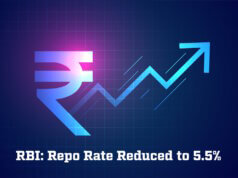The Department of Economic Affairs’ April 2023 Monthly Economic Review presents an optimistic outlook for the Indian economy in the new fiscal year, FY24. This comes on the heels of a solid last quarter performance from the previous fiscal year. The goods and services tax (GST) collections in April, a strong indicator of commercial activity, have surged due to an expanded tax base and increased economic activity. Meanwhile, industrial production and infrastructure growth have remained steady. After a challenging period, air travel finally surpassed pre-pandemic levels, completing the recovery of the services sector.
The first month of FY24 maintained this promising momentum. Key indicators such as the manufacturing and services sectors’ Purchasing Managers’ Index (PMI) reached significant highs in April 2023. The performance of railways freight and port cargo sectors was particularly notable.
Amid these promising signs, corporations have begun investing in new capacities as capacity utilisation has hit the crucial 75% mark. Capital goods production, infrastructure development, and imports of capital goods have seen a steady rise in the last quarter of FY23.
The agriculture sector also shows promise with forecasts of a normal monsoon, abundant water reservoirs, and ample availability of seeds and fertilisers, promising a robust kharif sowing season. Public procurement of wheat has gone smoothly despite unseasonal rains, ensuring food security. A surge in rural demand is apparent, as evidenced by strong sales of fast-moving consumer goods (FMCG) and continued growth in two-three-wheeler sales.
Inflationary pressures are decreasing globally. The World Bank predicts easing prices of international commodities in 2023, which will likely influence domestic inflation rates in India. After a persistent double-digit inflation, the Wholesale Price Index (WPI) inflation has fallen to a 33-month low, while the Consumer Price Index (CPI) inflation has also decreased significantly, a relief for the central bank.
With the decline in commodity prices, import costs have reduced, and this has improved India’s trade balance. Further enhancing this balance is the outstanding performance of India’s exports, boosted by measures such as the Production Linked Incentive (PLI) scheme, which has significantly enhanced electronic goods exports. Moreover, the geopolitical realignment has allowed India to diversify its exports of refined crude oil and petroleum products.
Services exports have also surged, especially business services exports, thanks to Global Capability Centres (GCC) that have outsourced their operations to India. The increase in digitisation and online service delivery has accelerated this trend.
However, there are potential challenges, including growth risks and inflation risks stemming from external factors and weather uncertainties. Still, the strength of domestic demand is a significant positive for India. Consumption growth is robust and widespread, while investments in capacity and real estate are gaining momentum. While it’s too early to predict the full fiscal year, the strong start indicates a promising year ahead.











